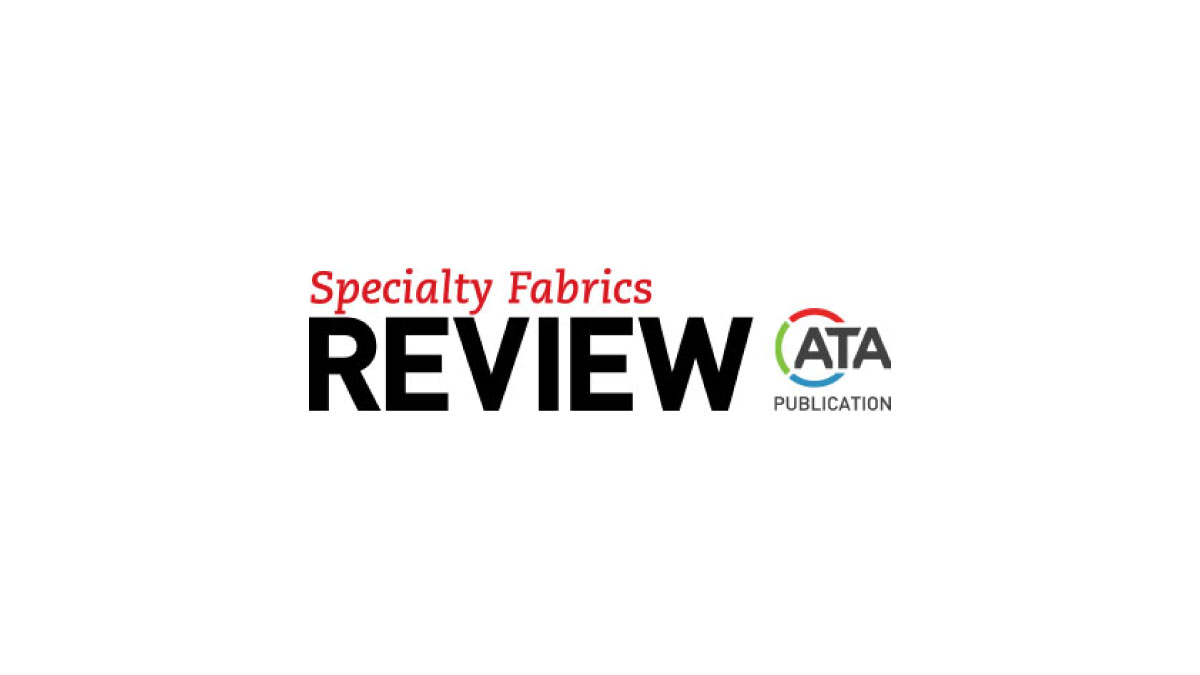The 2021 State of the Industry report by Industrial Fabrics Association International (IFAI) is designed to bring into focus a comprehensive understanding of who IFAI member and non-member companies are and the markets they serve. The report dives into four areas: industry composition, products produced and markets served, manufacturing practices and trends, and future outlooks.
More than 300 people representing organizations in the industrial fabrics industry responded to the online State of the Industry survey conducted January–March 2021. Organizations were asked about their businesses pre-pandemic (2019) and during the pandemic (2020), as well as their outlook for the future.
The following are a few key characteristics of the respondent pool:
All consider themselves part of the industrial fabrics community and all participate as for-profit entities supplying products and/or services (associations, media and government entities were excluded).
Respondents are leaders in their organizations: 47% are owners/presidents/CEOs; 13% are vice presidents/principals; and 15% are directors/managers.
More than half are members of IFAI.
“Industrial fabrics” is defined as “the sale, resale, and/or production of industrial fabrics, advanced textiles, specialty fabrics and/or rolled goods (for example, vinyl, geosynthetics, etc.) and associated equipment/hardware/software.”
2021 industry outlook
A “new normal” was brought on by the global pandemic beginning in March 2020. The rapid shutdown of the economy and subsequent reopening with restrictions (among other factors) led to a decrease of U.S. real gross domestic product (GDP) of 3.5%.
Most respondents said they were able to maintain the prior year’s revenues and were riding out the pandemic as the economy begins to turn around. Most economic predictions are for a robust recovery in 2021, with real GDP expected to increase upwards of 6%, driven largely by stimulus spending. Some 62% of respondents expect their revenues to increase while only 5% expect a decrease (one-third are not sure).
Overall, respondents expect an average increase of 8.5% in annual revenues over the next two years. Organizations serving the hospitality markets anticipate the highest increase in revenues (10%). Those serving manufacturing and agriculture anticipate slightly lower-than-average revenues.
Top challenges
Despite the slowdown of the U.S. and world economies in 2020, 54% of participants reported that their top challenge was finding skilled labor. In addition, problems caused by the pandemic including employees who lacked childcare and employees needing to work from home were mentioned as top-of-mind challenges. Several specifically mentioned the lack of a trained workforce as a barrier to increased automation.
Another top challenge in 2020 was shipping delays from suppliers, which affected only 29% in 2019 but increased to 53% in 2020. Delays in deliveries to customers was also a top concern.
Top trends
The most impactful trend mentioned was “new fabric technologies.” Research and development was also listed as most important to strategic plans.
Following “new fabric trends,” increased demands for personalization and customization was considered impactful to 41% of businesses, most frequently to equipment manufacturers. An average of 52% of revenue is derived from customized/personalized products.
Additionally, sustainability and environmentally friendly practices will affect 39% of respondents spread across all business types.




Leave A Comment